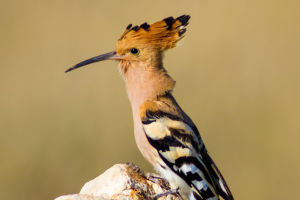Swallows
As the seasons change and spring turns into autumn, swallows begin their annual migration south for the winter, seeking refuge in the tropics south of the Tropic of Cancer. Once winter has passed, they return north to build nests and breed once again.
It's no secret that swallows have a preference for nesting under the eaves of human homes. But why exactly do they choose to do so?
Swallows, much like many other bird species, are skilled architects when it comes to building their nests.
They use a mixture of wet mud, grass stems, feathers, and hay to create a secure and cosy dwelling where they can raise their young. Some swallows may even bring in new mud to repair old nests, while others will seek out a suitable location to construct a new nest entirely.
Swallows tend to build their nests near roofs and eaves, but each swallow's nest may vary in design. The two most common types of swallows that we see, the golden-rumped swallow and the house swallow, both have a preference for nesting under human eaves. These two species are similar in size but differ in their nesting techniques.
The nest of the house swallow is a simple bowl-shaped structure made of a mixture of clay and dry grass. It is stuck to the wall on its side, with the opening facing upwards. In contrast, the nest of the golden-rumped swallow is shaped like a vase with a closed top and open sides. It is made of fine soil and a few grasses stems.
Interestingly, the nesting mud of golden-waisted swallows can be used for medicinal purposes.
The lifespan of each type of nest also varies. The house swallow's nest is typically a once-a-year residence, while the golden-rumped swallow's nest may last up to two years before requiring renovation.
Despite their varied nesting techniques, both types of swallows share a common preference for human homes as their nesting site. This is likely due to the materials used to construct their nests.
Swallow nests built on trees or cliffs may not be as secure or stable, as they can be difficult to fix and may become wet or damaged during rainy weather. Nests constructed under the shelter of human roofs, on the other hand, provide a stable environment that offers protection from the elements. This can be especially important during inclement weather such as wind, frost, or snow.
Nesting under human roofs can also provide some degree of protection from natural predators. In areas where humans live, snakes and other predators are typically rare, making it a relatively safe nesting environment for swallows.
Additionally, swallows are beneficial to humans, as they consume large quantities of insects, including pests such as weevils and flying lice. This makes them a welcome presence for many homeowners, who are less likely to expel them from their nesting sites.
Swallows choose to nest under the eaves of human homes due to a combination of factors. The stability and protection offered by human structures, coupled with the scarcity of natural predators, make them an ideal nesting site for these skilled avian architects.
And as long as humans continue to appreciate the benefits that swallow provides, they will likely continue to share their homes with these feathered friends for generations to come.


